
A division of Republic Services recently brought legal action against a public authority, claiming it is handling loads far dirtier than what the two sides agreed to in a contract.

A division of Republic Services recently brought legal action against a public authority, claiming it is handling loads far dirtier than what the two sides agreed to in a contract.
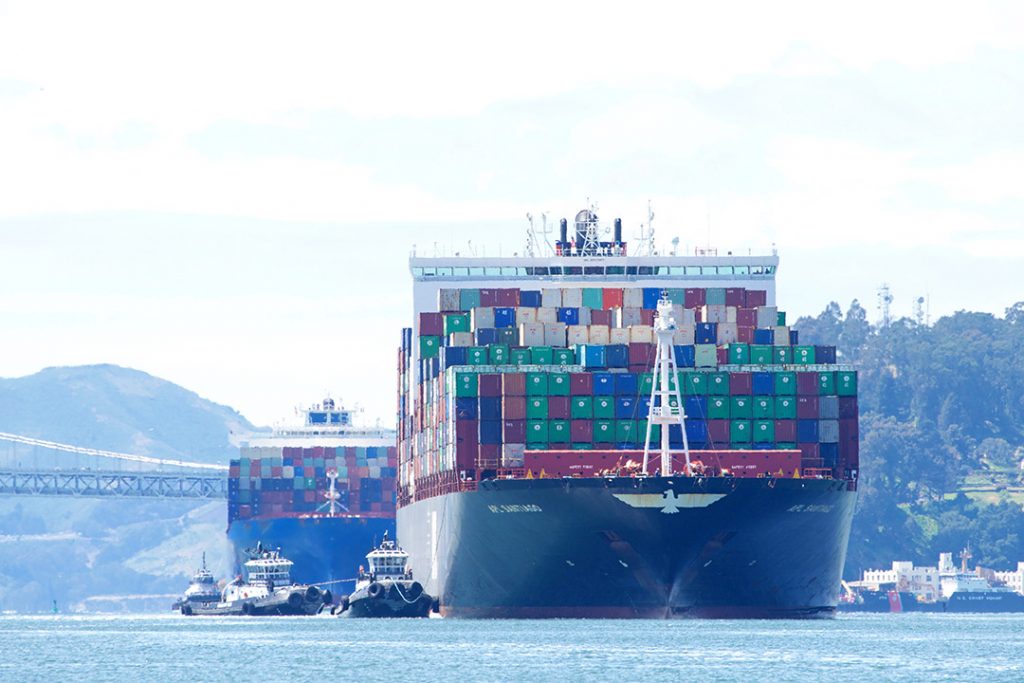 A varied mix of international trade, sorting technologies, domestic end markets and legislation stories drew readers’ attention last month.
A varied mix of international trade, sorting technologies, domestic end markets and legislation stories drew readers’ attention last month.
Continue Reading

North Carolina capitol building in Raleigh.
Lawmakers in North Carolina are advancing a bill that would eliminate restrictions on disposing TVs and computer equipment.
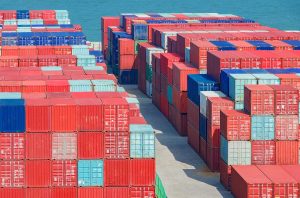 U.S. recovered plastic exports during the first quarter were down by nearly half from a year ago. Paper shipments remained stronger due to ongoing Chinese demand and growing alternative markets.
U.S. recovered plastic exports during the first quarter were down by nearly half from a year ago. Paper shipments remained stronger due to ongoing Chinese demand and growing alternative markets.

Cincinnati, Ohio
Cincinnati will serve as the next site of the U.S. Chamber of Commerce Foundation’s project to help boost recycling rates.
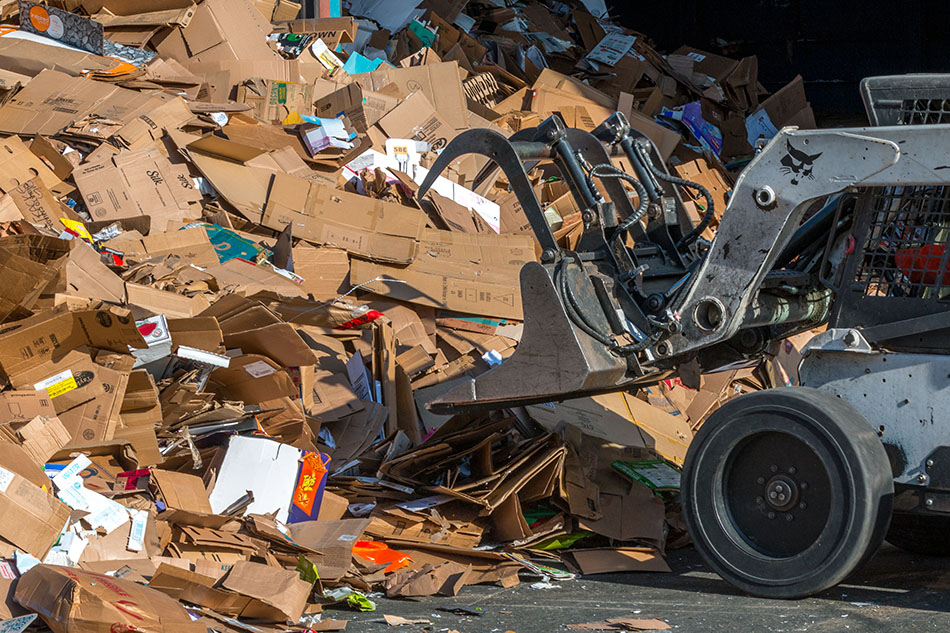 A recycled containerboard mill is in development in New York state, with plans to start up in 2021 and process 300,000 tons per year of OCC.
A recycled containerboard mill is in development in New York state, with plans to start up in 2021 and process 300,000 tons per year of OCC.
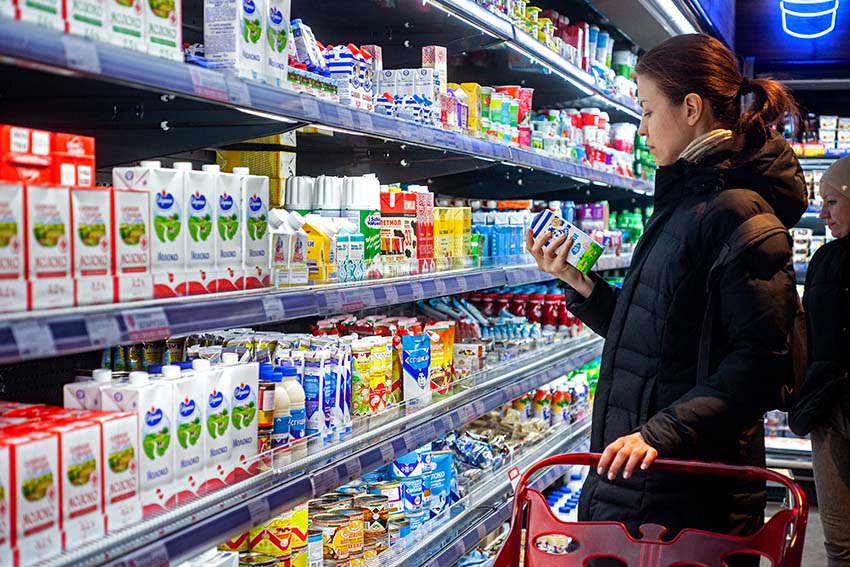 If a brand owner puts a “not recyclable” label on its packaging, consumers are likely to appreciate the honesty rather than frown on that company, survey results suggest.
If a brand owner puts a “not recyclable” label on its packaging, consumers are likely to appreciate the honesty rather than frown on that company, survey results suggest.
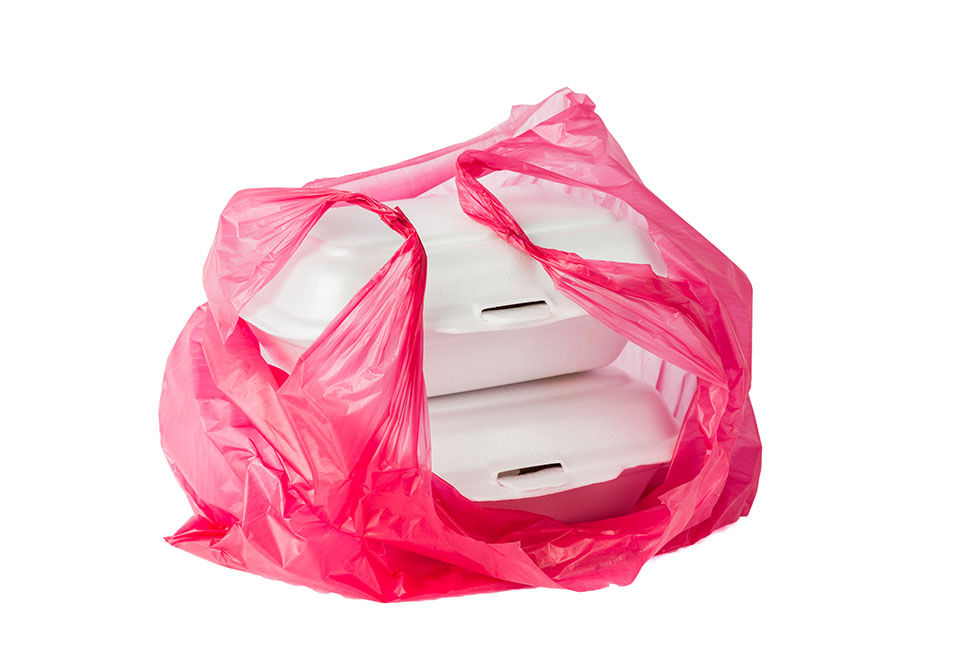 With an overwhelming number of votes in favor, Vermont lawmakers have sent the governor a bill banning plastic bags, expanded polystyrene food service containers and plastic stir sticks.
With an overwhelming number of votes in favor, Vermont lawmakers have sent the governor a bill banning plastic bags, expanded polystyrene food service containers and plastic stir sticks.
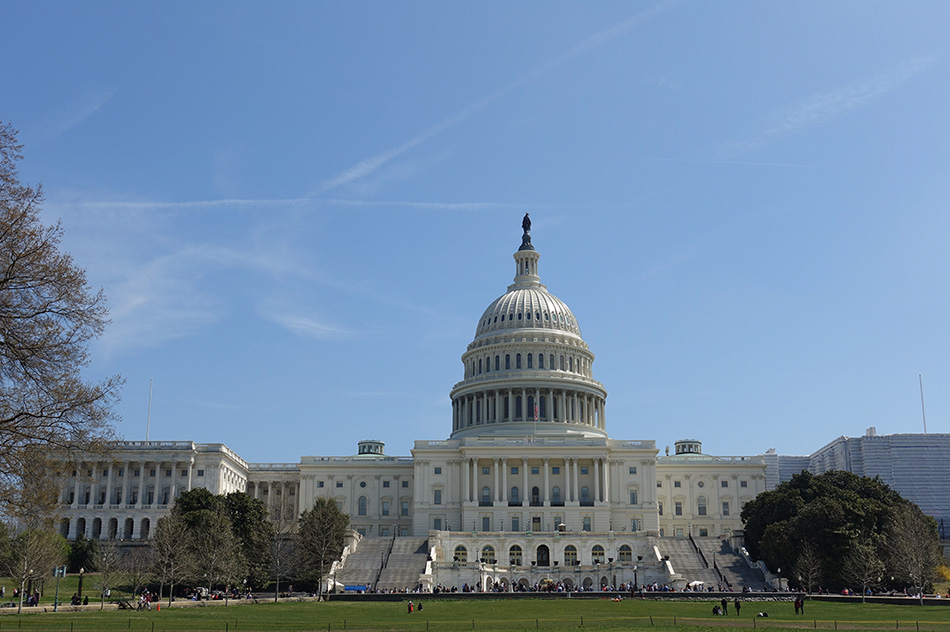 A funding bill advancing in Congress directs the U.S. EPA to develop a national recycling strategy addressing harmonized labeling, public education and other factors.
A funding bill advancing in Congress directs the U.S. EPA to develop a national recycling strategy addressing harmonized labeling, public education and other factors.
 In the wake of recent trade announcements from the U.S. and China, recycled paper pulp shipped to China will face additional levies and a North American equipment supplier has predicted major fallout from increased costs.
In the wake of recent trade announcements from the U.S. and China, recycled paper pulp shipped to China will face additional levies and a North American equipment supplier has predicted major fallout from increased costs.

